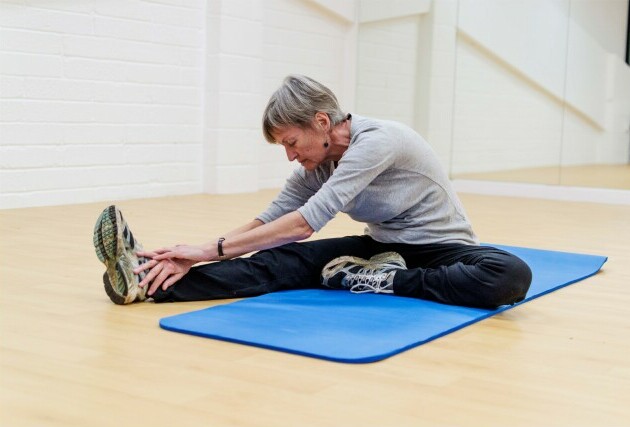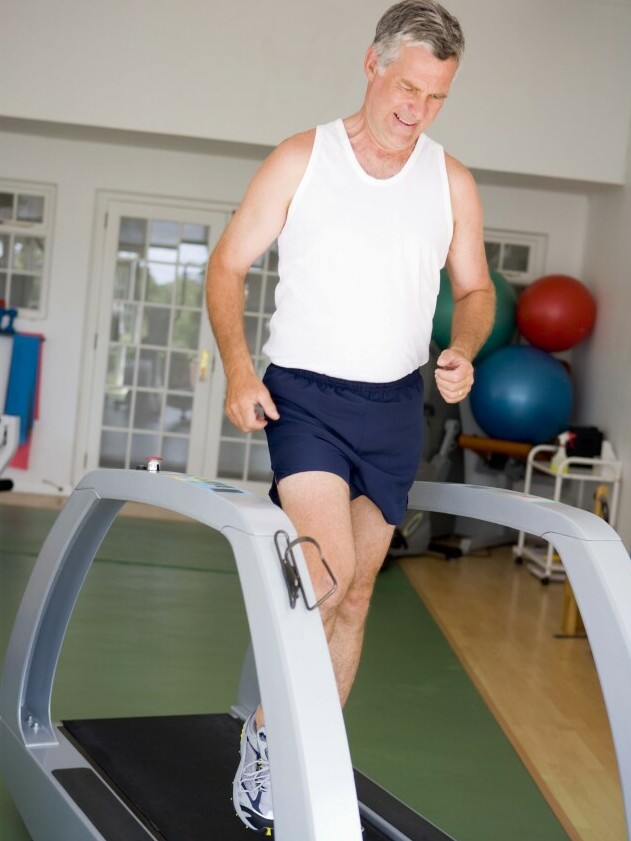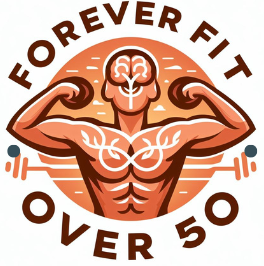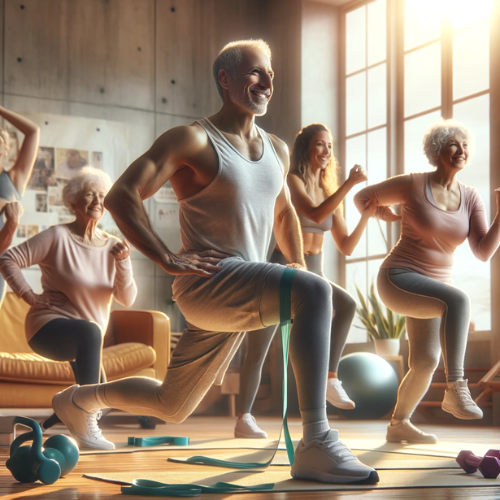A Comprehensive Guide
Introduction:
Starting an exercise routine after 50 can seem daunting, especially for those who have been out of shape or inactive for a while. The good news is, it’s never too late to benefit from physical activity. Regular exercise can significantly enhance your quality of life, improving heart health, increasing flexibility, boosting mental health, and enhancing muscle strength. Before embarking on this journey, it’s crucial to consult with a healthcare provider to tailor a program that’s safe and effective for your unique health needs.
Getting Started Safely:
Warm-Up: A proper warm-up is the cornerstone of a safe and effective workout. It prepares your body for the increased demands of physical activity, reducing the risk of injuries. Begin with 5-10 minutes of light aerobic exercises like brisk walking or cycling on a stationary bike. This initial step increases your heart rate and blood flow to the muscles, warming them up for the workout ahead.
Low-Impact Activities: Embrace low-impact exercises as the bedrock of your fitness routine. These activities, such as walking, swimming, and using an elliptical machine, are gentle on the joints but effective in building endurance and strength. For example, swimming is an excellent full-body workout that minimizes stress on the body, making it an ideal choice for beginners or those with joint issues.
- Walking: One of the simplest yet most effective exercises, walking can be easily incorporated into your daily routine. Aim for a brisk pace that allows you to speak in short sentences; this ensures you’re working hard enough to reap the benefits without overexerting yourself. Gradually increase your walking duration and intensity as your fitness improves.
- Cycling: Stationary bikes provide a fantastic cardiovascular workout with minimal joint stress. Start with a moderate intensity for 10-15 minutes, focusing on maintaining a steady pace. As your endurance builds, challenge yourself by increasing the duration and resistance.
There is in depth information on Low-Impact Workouts and Equipment in our “Exercise Routines / Program” category. Please check it out.

Flexibility and Balance:
Improving flexibility and balance is especially important for those over 50, as these components of fitness are crucial for daily activities and reducing the risk of falls.
- Flexibility: Incorporate a variety of stretching exercises into your routine to improve your range of motion and decrease stiffness. Focus on major muscle groups such as the hamstrings, shoulders, and back. Yoga and Pilates are also excellent for enhancing flexibility and can be modified to suit your fitness level.
- Balance: Balance exercises help prevent falls, a common concern for older adults. Start with simple exercises like standing on one foot, then progress to more challenging ones like walking heel-to-toe. Practice these exercises daily, using support like a chair or wall as needed. For more details on balance exercises please check out “Balance and Stability Exercises for Older Adults” in our Health Challenges category.

Building Endurance:
Endurance activities, also known as aerobic exercises, are crucial for improving heart health and stamina. In addition to walking and cycling, consider incorporating activities like gardening, dancing, or playing golf. These activities can be both enjoyable and effective in building endurance, ensuring you stay engaged and motivated. Start with shorter sessions, gradually increasing the time as your endurance improves.
Staying Motivated and Safe:
Staying motivated is key to maintaining an exercise routine. Set realistic goals, track your progress, and celebrate your achievements. Remember, consistency is more important than intensity when starting out. Listen to your body and rest when needed to prevent burnout and injuries.
Conclusion:
Embarking on an exercise journey after 50 might be challenging, but the benefits are undeniable. By focusing on low-impact activities, flexibility, balance, and endurance, you can improve your health and well-being significantly. Remember to start slow, consult with healthcare professionals, and gradually increase the intensity of your workouts. With patience and perseverance, you’ll build a foundation for a healthier, more active life.


Gary,
Embracing a journey of wellness at any age is truly empowering! This article is a game-changer. It’s a reminder that it’s never too late to prioritize our health. The tailored exercises for this age group offer not just physical benefits but also a boost in overall well-being. Here’s to breaking stereotypes and embracing a healthier, more active lifestyle! Thank you so much for writing this article! I will definitely have to save it for later.
Hi Moriah, Thank you so much for your kind words and enthusiasm! I’m thrilled to hear that you found the article inspiring and a valuable reminder of the importance of prioritizing health at any stage of life. It’s comments like yours that fuel my passion for sharing knowledge and empowering others in their wellness journeys. Breaking stereotypes and celebrating a healthier, more active lifestyle is a journey we’re on together, and I’m so glad you’re a part of this community. Remember, every step towards wellness is a victory, no matter how small. Thank you for saving the article, and I hope it continues to inspire and guide you. Here’s to our health and well-being!